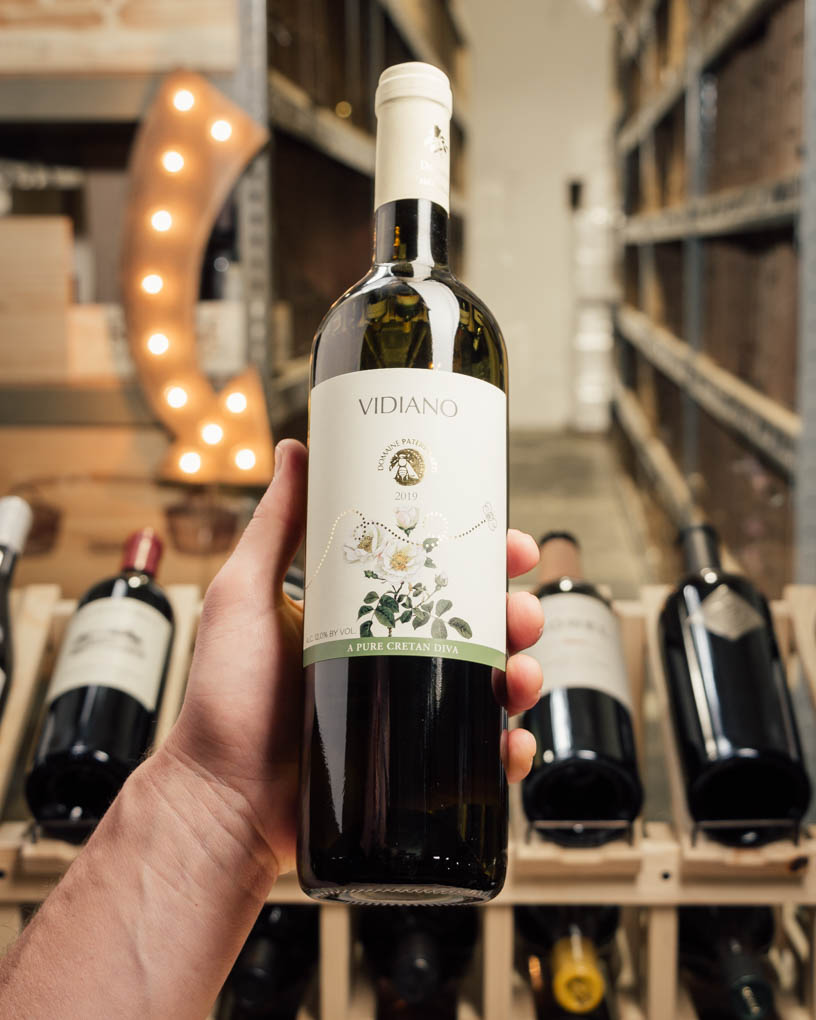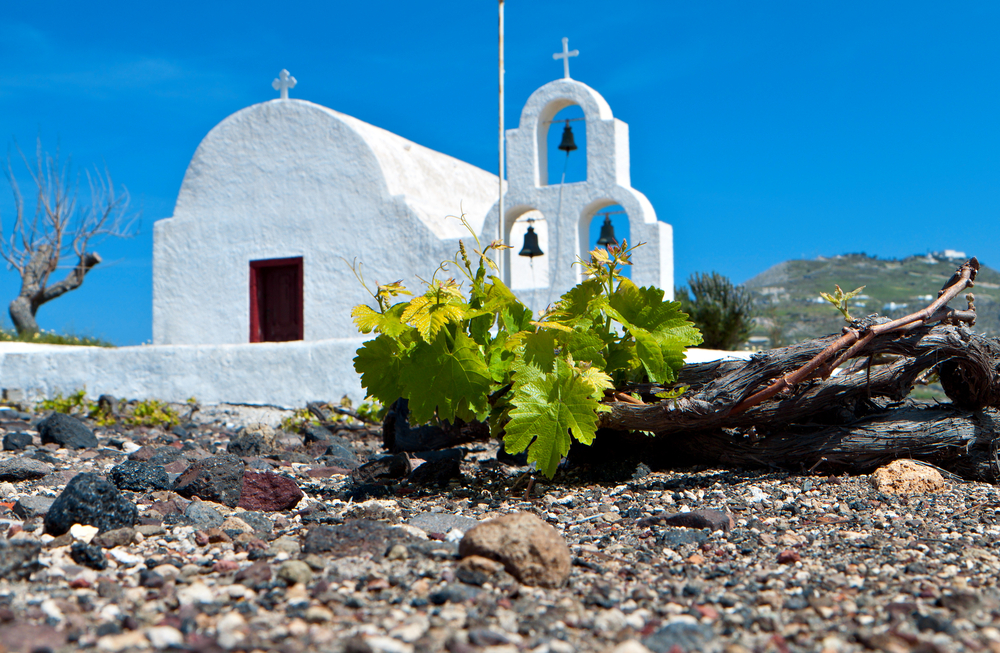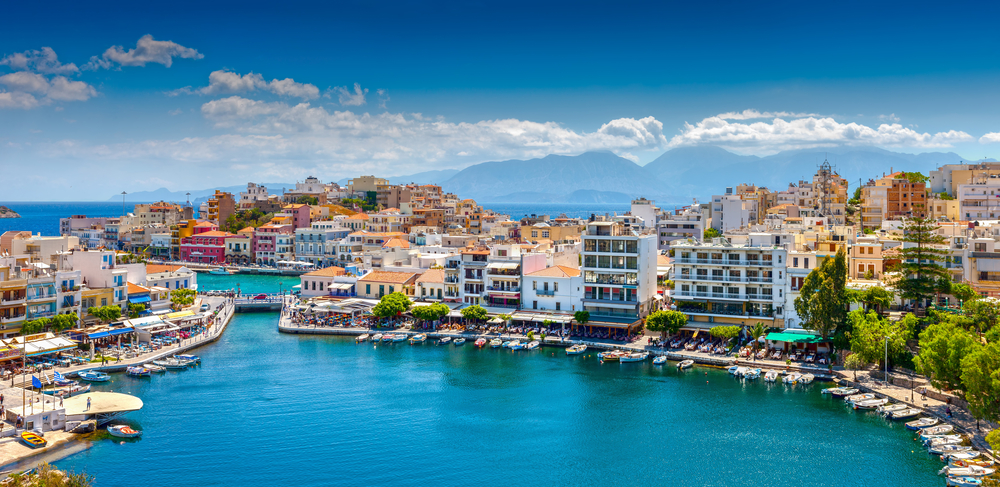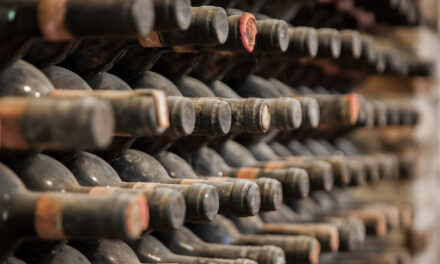You might have passed a white wine on our page called Domaine Paterianakis Vidiano Organic Crete 2019 and you might have said to yourself, “Crete? I didn’t know they made wine in Greece.” Actually, the Greeks were the ones that spread the vine to many and most parts of Europe, roughly 4,000 years ago. The Minoan civilization, which was a part of Crete and Santorini during the Bronze age (2500 BC-800 BC), cultivated the vine. They also would never drink the wine straight but would actually dilute the wine with water (often with seawater) and mix it with herbs, spices, and even honey. They were also the first to socially accept drinking wine outside of ceremonies and they believed that wine was not only for the rich aristocrats but was also for the common people to enjoy. So I guess we should all take a moment to thank the ancient Greeks for fostering the culture of wine which we all know and love today and for allowing me to enjoy this glass of Vidiano on a Wednesday evening! Opa!

Greece has a Mediterranean climate that is mostly hot and dry with most viticulture situated in the temperate North. The climate is generally warm and vineyards are planted on hillsides above 500m in order to mitigate the heat and preserve acidity. There is also the presence of the sea which helps regulate temperatures. The soil type is mostly limestone, clay, and sand (the sand parcels kept phylloxera at bay but it did catch up to some of the vines in the 1970s). The unaffected vines that are planted in the sand are mostly ungrafted and on their own rootstock which is relatively uncommon in the world of wine. Greece makes everything from red, white, rose, sparkling, and even sweet wines. The wines that you will see most often in the US market are the wines made from the grapes Xinomavro and Agiorgitiko for red styles and Assyrtiko for the white wine style. Greece has about 300 indigenous grape varietals originating in the country but they have also added the standard Cabernet Sauvignon, Merlot, Syrah, and many other European varietals.

The island of Crete accounts for 20% of wine production and produces red, white, sweet and fortified wines. There are seven protected designations for winemaking on this island and they include: Sitia, Peza, Daphnes, Archanes, Candia, Malvasia Candia, Malvasia Sitia, and each one has its own rules on what is allowed. A lot of winemakers like to show off the Vidiano grape due to its ability to retain lovely acidity, a full textural body, and refreshing citrus fruit flavors with a touch of herbal characteristics. The wine is versatile and can be steel-aged or oak-aged (which will add some weight to the wine). The grape Vidiano is best suited to grow on Crete due to its ability to survive the heat. The Vidiano grape is an ancient varietal that was all but extinct 25 years ago until there was a revival of interest among the young winemakers of Crete during the late 1990s. As this varietal is beginning to make a comeback, it’s still a challenge to find this type of wine in your local grocery store. You should try snatching up any of these bottles wherever you find them and show them off to all your fellow oenophile friends.

Crete is an island surrounded by the sea so what better pairing would there be than with fish or seafood (coastal cuisine), maybe even seafood pasta. It’s getting close to dinner time and I just have to say a seafood pasta sounds mighty tasty with some Vidiano!












